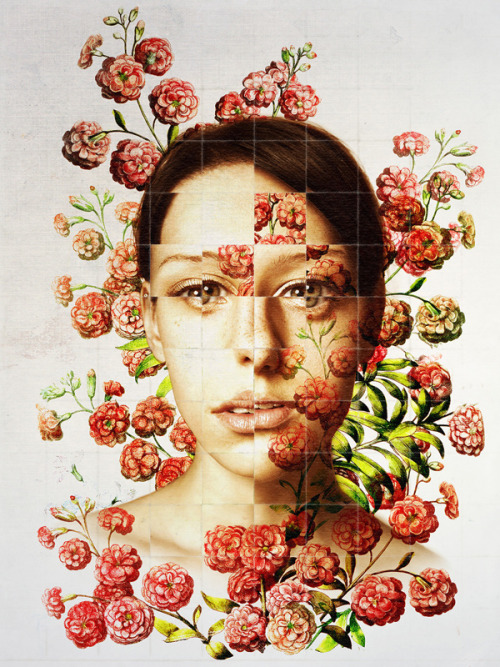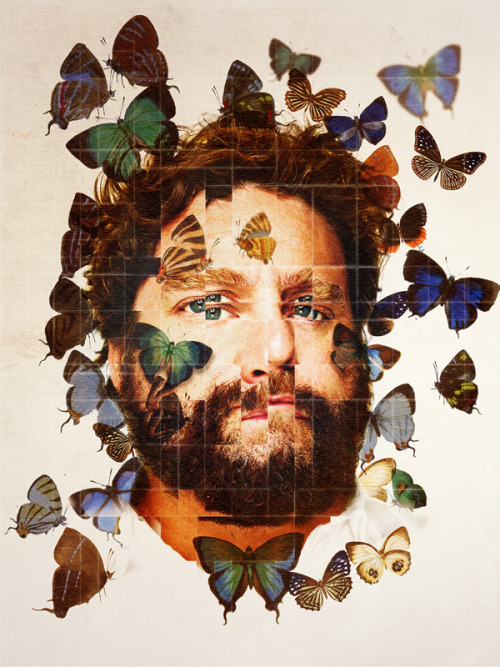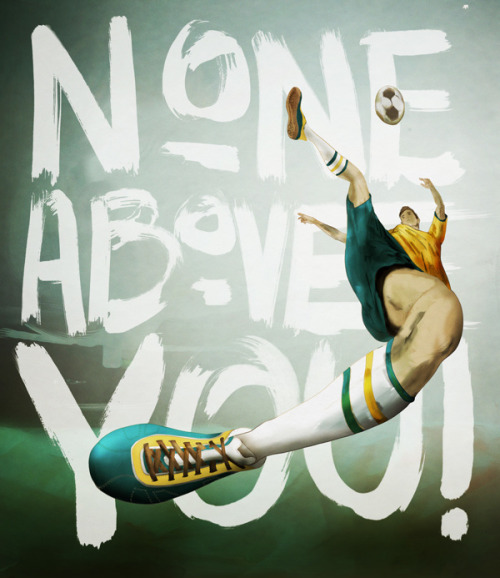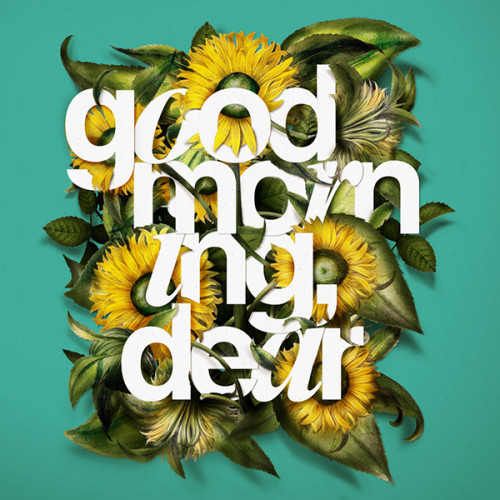“I am mostly a curious experimentalist”: interview with Antonio Rodrigues J
“I am mostly a curious experimentalist”: interview with Antonio Rodrigues Jr Antonio Rodrigues Jr is one of those artists that is full of creativity and it can be seen in every single one of his different projects where he experiments with portraits, typography, photographs and painting techniques. Using surrealist elements, Antonio exhibits and showcases his own world and understanding of reality. Rodrigues Jr is a popular artist on various art websites and has already had several live art presentations of in various venues. It was hard for me to choose which projects I would like to showcase this time for you guys because all of them are so different, magnificent and brilliant. That’s why I thought I am going to simply ask him about some of them and allow you to better understand his perception of the world. Enjoy! How long have you been painting for and how did it all start?I have been drawing and painting for as long as I can remember and I eventually went to Visual Arts University. However, I never worked with it professionally until late 2010. Back then, I started designing greeting cards and album covers for friends who eventually convinced me to convey my art skills into graphic design and illustration. I spent a couple of years reading, collecting material and talking to other fellow designers until I had the confidence to sell my work. I officially opened my studio early last year, and I have been fortunate to have already worked for some very nice people and also for some well-known brands, such as Adidas, Puma and Amnesty International. I also had my worked featured on Computer Arts, Communication Arts, and quite a few blogs and sites on graphic design, illustration and typography. Who are the people that bring you inspiration? I have a rather large list of artists (from classic painters to graffiti artists) whose work I admire and use and source of inspiration. Nonetheless, music and architecture are my greatest sources of inspiration. Both have rhythm and structure, and both can tell a story while at the same time leave something to your imagination. I also have a great passion for people and I am always trying to bring humanity to my work. I like to believe that even my digital work has some soul, of course. Your artworks have surrealistic elements. Do you perceive yourself as surrealistic painter/illustrator? This is quite an unconscious process. Most of my sketches start rather rigid and after a few minutes, I catch myself changing the scale of the elements. I don’t like being restrained by rules and I often celebrate subversion or interferences in the natural order of things. This may be the main reason why my work often shows some elements of fantasy or subtle surrealism. Why do you think it is important for artists to show the way of how they see the world? We already live in a world controlled by machines and there is plenty of work done mechanically, soullessly, as if to only fulfill the demand. Therefore, when we get to know the artist – his visions, his feelings, his processes – his work gains meaning. It is no longer just a piece of work that we see, but a piece of the artist behind it. It is easier to connect to work One of my favorite projects that you have done is “Models”, which is also was exhibited. How did you come up with the idea of mixing photograph and watercolor. Why did you want to show these models in such unique and unordinary way? That was one of my first projects and, technically, it reflects the moment what I started to play around with digital techniques, but was still attached to traditional processes. I like to interfere in the natural order of the elements of my pieces. Another project, which was also exhibited and popular on my social/art website is “Faces”, where you combine portraits and nature. You also separated portraits in lines and spaces. What is the idea behind all of these elements? I wanted to portray the mismatch of the things we are made of and how it all blends, at least in the surface. The mosaics are intentionally unfitted and the external elements are and aren’t there at the same time. Some people enjoy realistic, simple portraits. Why do you think it is important for artists to add some of his own elements (like you did with those portraits)? I believe that every work should tell a story, and this is – at least for me – more important than the technique applied to it, number of elements used or level of complexity of the work showing. Sometimes it is possible to tell a story with the minimum of elements. Other times not. What is important is that every element on a work has a reason to be there, otherwise it is only distraction, gimmick or, worse, meaningless. How did you find yourself in typography’s art? My passion for drawing letters comes from my school days, when I used to stamp the cover of my reports with different and sometimes unconventional letterings, and still today I play a lot with the possibilities of combining letters to shapes, textures and colours. Your portfolio is very diverse. Some artists stay with their techniques and style, but you always come up with something new. Why is that? I am mostly a curious experimentalist. Hyper by nature and uncomfortable with settling. I don’t like the thought that I am doing the same thing I did six months ago. Although I truly believe that every artist has to be consistent, I try not to rely on that and settle to repetitiveness. It doesn't mean that I don’t ever use concepts or techniques more than just once, but there has got to be something to justify that. When I stop coming with new ways of doing my work is going to be the day when is not worth it keeping on doing it. Do you think, though, that it is important for an artist to have their own exclusive style and why? Absolutely! It is part of their identity, their uniqueness and their way of communicating with their audience. “Creativity takes courage. ” said Henri Matisse. Can you relate to his words? We live in a very strange world: we all want to be unique but we tend to have a few reservations to what is unique, different. It is easier to understand and accept what it is conventional. Most artists have a built-in willingness to change the environment. Unfortunately many are afraid of not being understood or accepted. However, true artists fight don’t follow the trend: they create them. And it takes courage, personality, perseverance and sense of direction. If it weren’t for that the impressionists would never have existed nor Picasso would ever quit his Blue series and start the cubist movement. One more question that I want to ask all artists but always forget to do: When I am writing my books and novels I tend to be gone for hours, days or even weeks. I can’t stop thinking about it and I forget about my real world. How is it like with you? Do you do your projects like a some sort of business plan: with a strategy and cold mind, or you lose yourself in the creativity? There is not a pattern. At least not for me. When I am working on a commissioned piece I tend to stay fully focused on what the client expect me to do for him. Also, the need to meet deadlines prevents me from going astray. However, when I am working on a personal project, I can work non-stop exploring all sorts of possibilities to get the closest to what I envision. At times it’s a hard process, but whenever I am involved on a project (be it personal or commissioned) I don’t think of the hard work needed. Rather, I focus on the results. At times I have full control of the process, but often I have to let the work follow its own flow. Edited by Melissa Searle -- source link
Tumblr Blog : republicx.tumblr.com
#portrait#typography#interview#fine arts#surreal#surrealism#creative#creativity#painting




